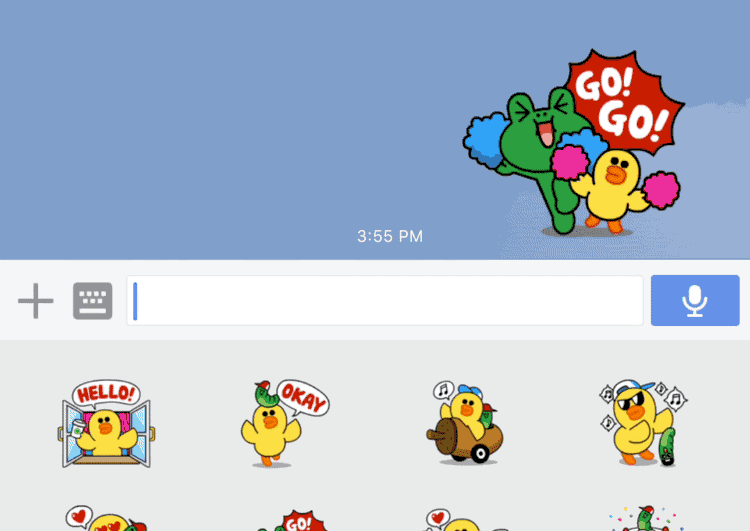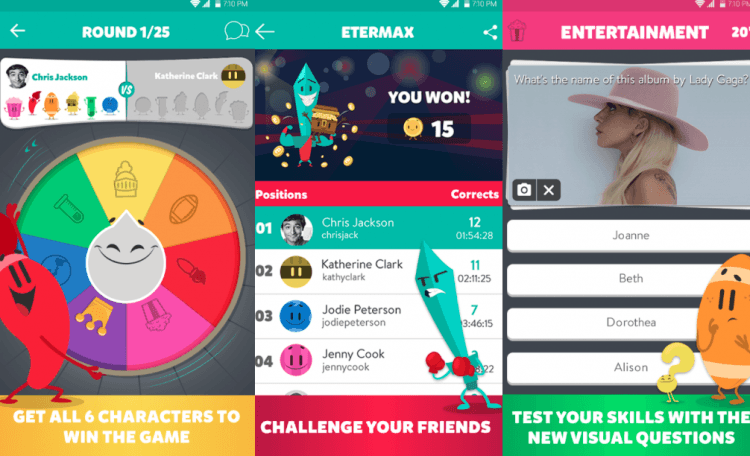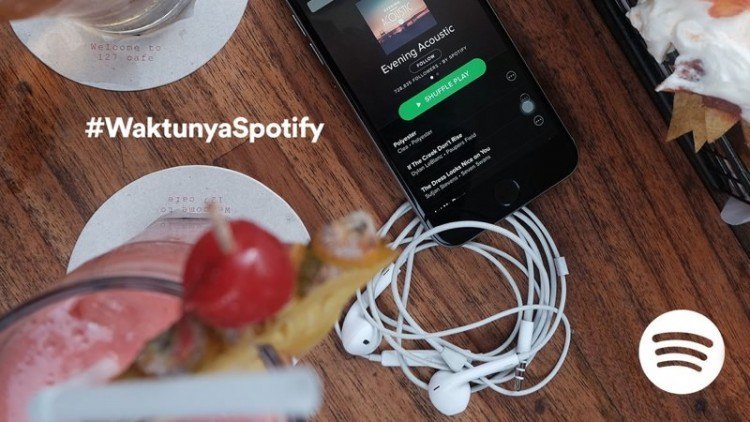Think of the mobile apps that you love and use all the time and the ones that might frustrate you. They may have more in common than you think. While video streaming apps like Netflix or messaging apps such as Line are a staple for many, we don’t realize that they fall into a category that people have often disliked — freemium apps.
Many people associate the freemium monetization model with game apps that use tactics designed to convince users to make in-app purchases. Think of games like Farmville or Clash of Clans, where gameplay is intentionally designed to entice users to pay to advance through the game faster. Nobody likes to admit that they spent US$50 on Two Dots at 3am.
Lumping that deep feeling of shame with popular apps like Line and Netflix doesn’t make sense. Or does it?
What exactly is freemium?

Photo credit: Pexels.
It’s clear how games like Two Dots and Clash of Clans would fall into this category. Virtual goods bought with real money allows players to progress quicker. But apps like Spotify also work on freemium pricing. The base app is free, but users can improve their listening experience by paying for higher-quality tracks and a host of other features on Spotify Premium.
Nobody likes to admit that they spent US$50 on Two Dots at 3am.Monetizing mobile apps is hard, but freemium apps are taking up a large portion of app revenue. Freemium apps reportedly collected over US$30 billion revenue in 2016; this figure is projected to double by 2020. According to App Annie’s App Monetization Report, in-app advertising and freemium apps will account for over 90 percent of app revenue between 2015 and 2020.
App Annie’s report highlights that freemium apps can take several different forms. As apps like Spotify prove, freemium doesn’t have to be manipulative or coercive. It’s up to the app publisher to pick a monetization strategy that fits the value proposition of the app and the audience it caters to.
Here’s how five popular apps use the freemium model for monetization.
Netflix

Photo credit: Tech in Asia.
Netflix’s bread-and-butter is paid subscriptions, but they draw paying users in through free trials. The service is free for a month – with full functionality – after which you’ll have to pay. This helps convince users of the app’s value, and helps Netflix retain as many users as possible.
Dropbox

Popular storage service Dropbox monetizes through limitations to their service. The app offers limited storage space for free; users pay extra to expand their storage space.
Many other online services use this freemium model, limiting access to content, bandwidth, or gameplay. For example, The New York Times limits the articles you can read before prompting the user to sign up for a subscription to gain full access to all articles. Similarly, you can pay US$0.99 to unlock new levels in Candy Crush.
Line

Line’s main function may be messaging, but it monetizes through additional features. It grossed over US$1 billion in sales in 2015, and App Annie named it the top-earning non-gaming app publisher for the year. Over 40 percent of sales were attributed to in-app purchases in social games, which are all free to download. A smaller percentage is taken up by the app’s sticker store.
Freemium doesn’t have to be manipulative or coercive.Purchases made within the sticker store are motivated by a user’s desire to enhance their experience with the app. Users have free access to a few basic sets of stickers, but for a small fee they can expand their sticker library and even gift stickers to their friends.
This method of monetization is popularly used in games such as Clash of Clans, where you can pay for gold or elixir to improve your gameplay. Dating app Tinder also uses this method: You can pay for features that increase chances of a good match.
Trivia Crack

Photo credit: Google Play Store.
But this model relies on the assumption that users won’t find alternative, free methods – like mobile ad blockers – to remove the ads in the first place. There’s also the danger that users get fed up with the app and seek out ad-free competitors.
Spotify

Photo credit: Spotify.
Other apps may use a combination of methods to convert more users into paying customers. Spotify is a great example. Like Netflix, the music streaming service provides a short free trial of its paid subscription service, Spotify Premium. Unlike Netflix, Spotify allows listeners to stick to the free version. However, it’s different to the premium version in many ways.
Like in Trivia Crack, the free version has audio ads between songs. Like Dropbox, the free version also limits audio quality to 160kbps. Spotify lets you pay to remove the ads, improve the audio quality to 320kbps. It also gets you new features – in this case, offline listening.
Get creative with in-app purchases
As the apps above show, freemium is a large and diverse subset. Apps are becoming more creative with the ways they generate revenue, and it’s time to shake off the misconceptions we have about in-app purchases. An app doesn’t have to be a Candy Crush to be profitable anymore.Annie Teh | Techinasia



2 comments
Write commentsYour article is very smart.I love to browse your diary's posts everyday and that i got vast facilitate from your blog and developed a brand new app spotify api you'll be able to check.Thanks for wonderful diary.
ReplyTry This Amazing app Paint Color Apk
ReplyEmoticonEmoticon